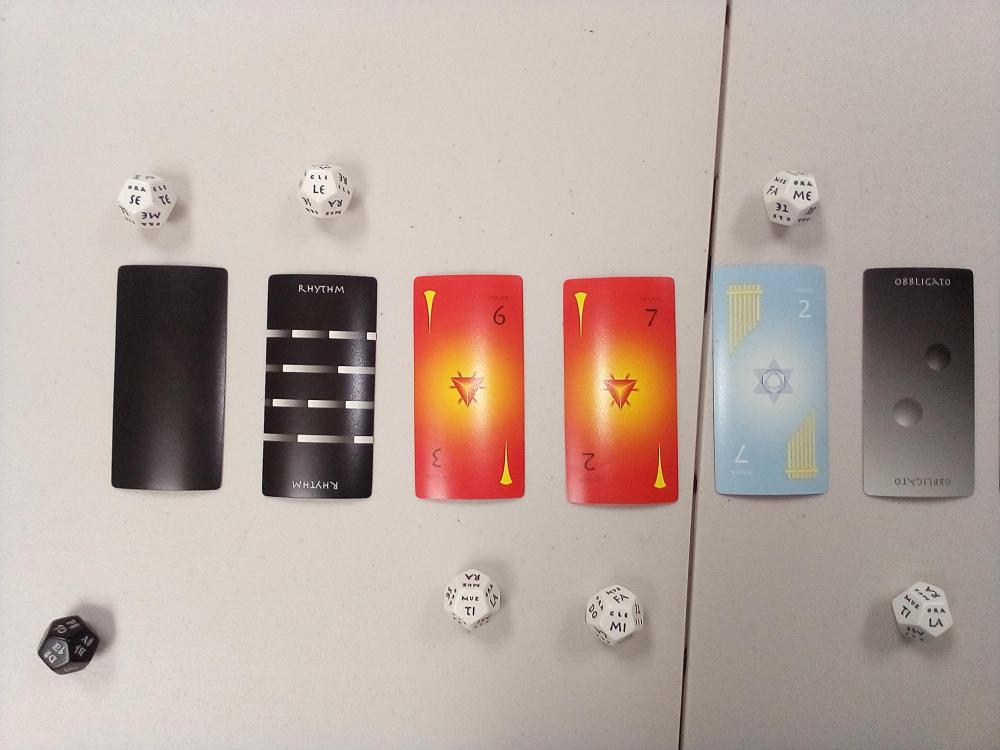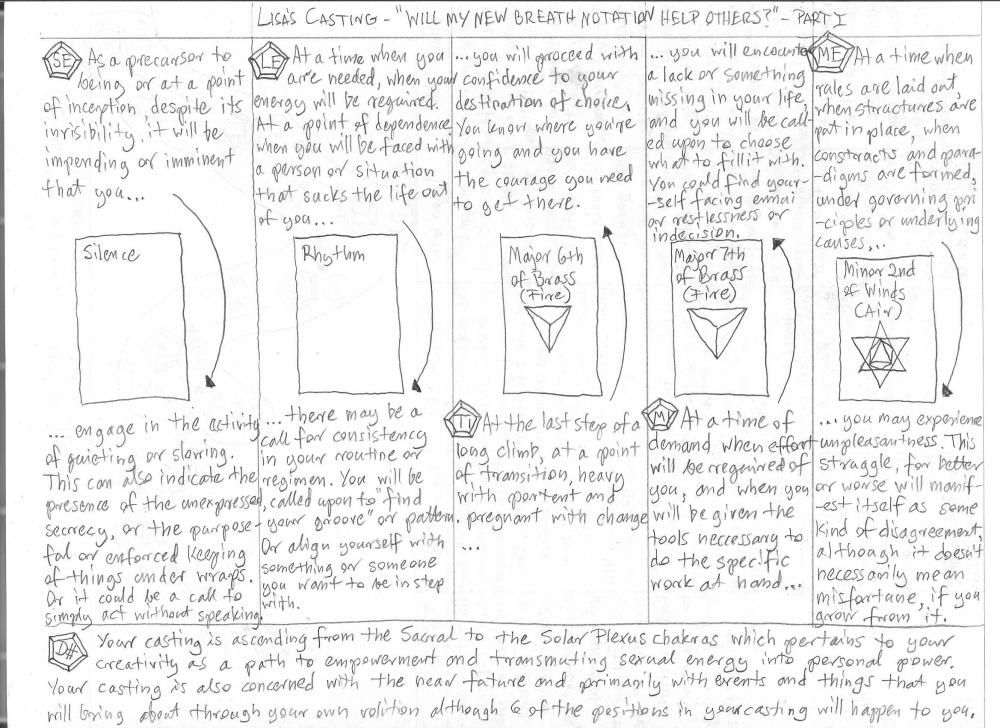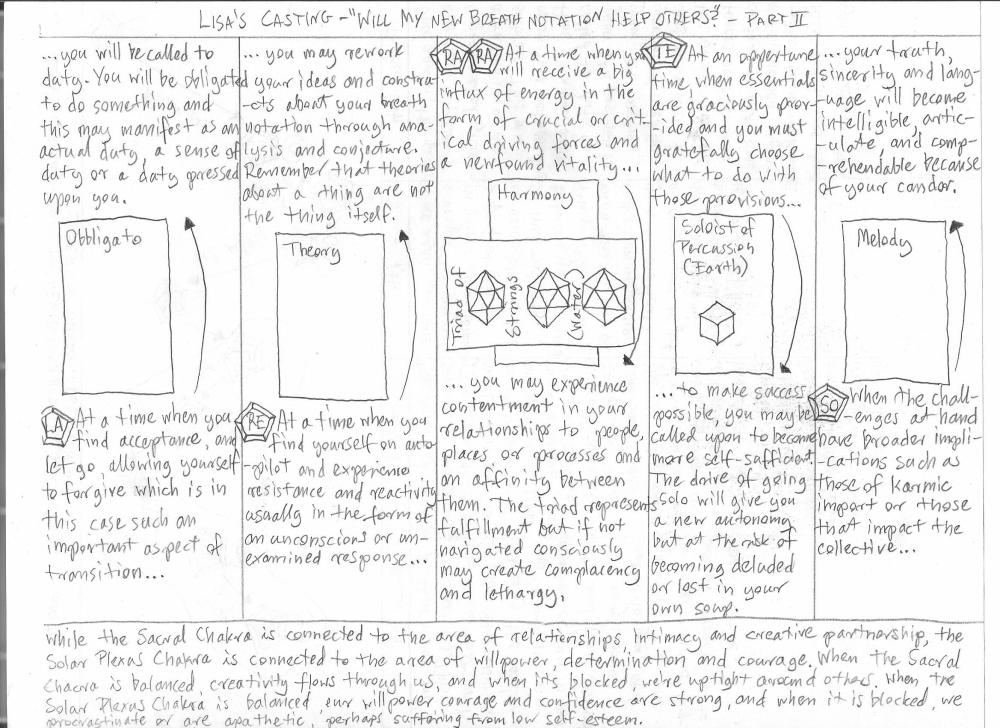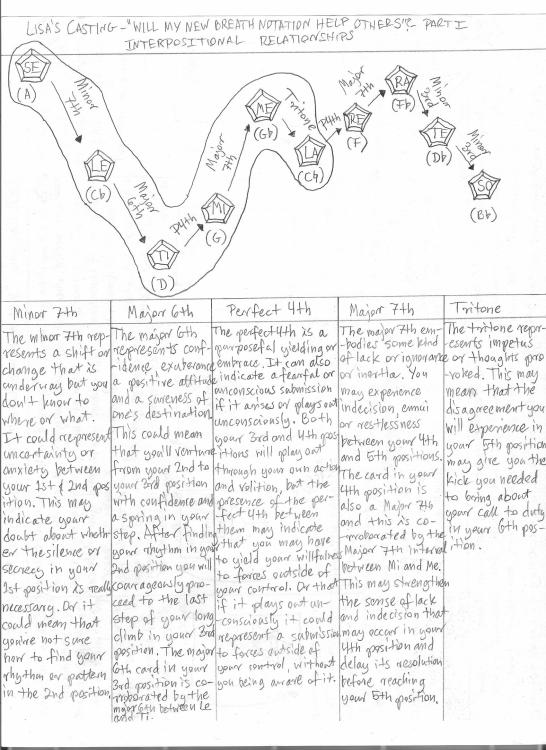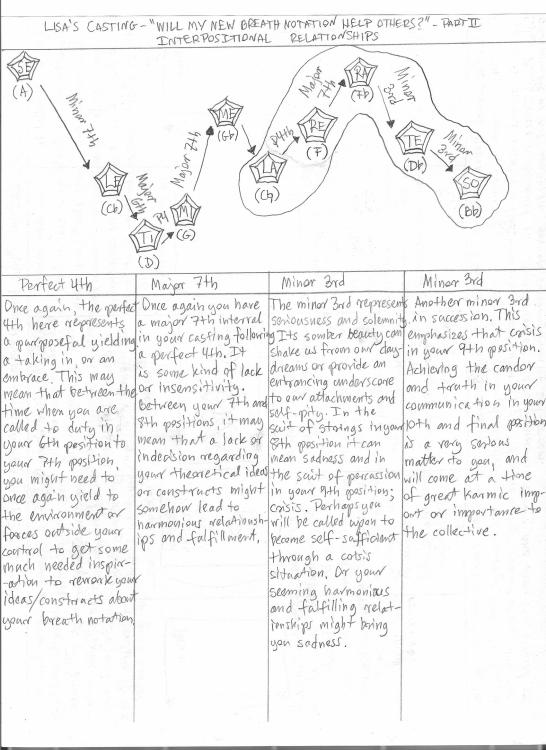All Activity
- Past hour
-

2025 Halloween Satisfaction Survey
Henry Ng Tsz Kiu replied to PeterthePapercomPoser's topic in Monthly Competitions
LoLoL!! - Today
-
.thumb.png.1e2763f479362bbb522da50d31ef2e50.png)
2025 Halloween Satisfaction Survey
therealAJGS replied to PeterthePapercomPoser's topic in Monthly Competitions
sorry, forgot to press submit! -

2025 Halloween Satisfaction Survey
Henry Ng Tsz Kiu replied to PeterthePapercomPoser's topic in Monthly Competitions
Happy Halloween... 👻👻👻👻👻 -
.thumb.png.8b5b433a341551e913a34392660bc95b.png)
2025 Halloween Satisfaction Survey
PeterthePapercomPoser replied to PeterthePapercomPoser's topic in Monthly Competitions
I don't how this is still happening but your vote isn't showing up on my end again... 😕 -
therealAJGS started following 2025 Halloween Satisfaction Survey
-
.thumb.png.1e2763f479362bbb522da50d31ef2e50.png)
2025 Halloween Satisfaction Survey
therealAJGS replied to PeterthePapercomPoser's topic in Monthly Competitions
I took it. -
I come to you with yet another Muzoracle casting. Lisa is a friend who has kindly bought me my own Muzoracle set (which lets me do these castings for people I know) and Chromatic Harmonica. Thanks Lisa! (Muzoracle is a storytelling/divination tool similar to the Tarot card deck, but with cards with musical concepts and 12-sided Musician's dice and Solfege dice.) This time Lisa asked me if her new breath notation (based on harmonica tablature) will help others with aphantasia to learn to read music. This is my biggest casting thus far - with 10 positions, so I had to take two pictures of it to capture the whole thing: My interpretation of the cards and dice are displayed below. The instrumentation of the piece was guided by the suits of the cards drawn. Since there were two brass cards drawn in the 3rd and 4th positions, I included Trumpet and French Horn. Then, in the 5th position we got dealt a card in the suit of Woodwinds, so I used a Flute. Then in the 8th position we drew a triad of strings so I used a Violin. And finally, in the 9th position we drew a Soloist of Percussion card so I used a Vibraphone. If you'd like to find out more about Muzoracle and how castings are interpreted go here: https://muzoracle.net/ This short musical interpretation of Lisa's Casting is about a minute and a half long. The piece is in Eb major since the black musician's die landed on Eb/D#. I then made the following harmonic/melodic underdrawing that I used in the composition of the music. I started the piece on a single solitary A note surrounded by Silence since the first card drawn was the Silence card. Then as the piece progressed, I added more notes (Cb, D, and G) and let the piece fall into a rhythm. I used the brass instruments first since they were the first to be drawn. Then the Woodwind card got drawn in the 5th position so I had the flute trill between F and Gb. The strings card gets drawn in the 8th position so that's where the Violin comes in, playing high E major (Fb major since its based on RA) chords as a triple stop. Then I used the Db and Bb to build a Bb half-diminished b9 chord with the Fb major chord on top since the 9th position is a Soloist of Percussion card (Vibraphone). The whole piece repeats before finally ending on the tonic chord Eb major (which I added simply for the sake of the music and a clearer tonal identity). If you've gotten this far, thanks for reading! And I hope you enjoy listening to this short chamber work I wrote to represent Lisa's 3rd Casting. Comments, critiques, suggestions, or observations are of course, always welcome. Thanks for listening!
-

2025 Halloween Satisfaction Survey
Henry Ng Tsz Kiu replied to PeterthePapercomPoser's topic in Monthly Competitions
This is really one of the competitions I enjoy the most on YC! Hope more ppl can take this survey so we know how to improve on our next competitions! Henry -
Henry Ng Tsz Kiu started following 2025 Halloween: Results and Winners! and 2025 Halloween Satisfaction Survey
- Yesterday
-
Purcell orchestration (Funeral Sentences)
Alex Weidmann replied to Alex Weidmann's topic in Orchestral and Large Ensemble
Just made a new version of this with more varied instrumentation, including harp and vibraphone. Hopefully it's an improvement? Added some extra counterpoint on the doublebass, which I wrote myself. Not sure it works! -
Op.181 for piano (original composition for organ)
Demertzis replied to Demertzis's topic in Piano Music, Solo Keyboard
Thank you for your honest opinion! -
Update! Ondine and Scarbo by M. Ravel Sonatas No. 1-3, Op. 2 Variations, and Op. 25 No.6, Op. 10 No. 1 and No.2 by F. Chopin Hammerklavier, Appasionata, and Waldstein Sonatas and Piano Concerto in C Minor by L. V. Beethoven Transcendental Etudes 1-5, 8, 9, and 12 by F. Liszt Etudes Op. 39 by C. V. Alkan Goldberg Variations by J. S. Bach And, Lastly, Trockne Blumen (Introduction and Variations) and Wanderers Fantasy by F. Schubert
-

Rate my 3rd Sonata!
Luis Hernández replied to TristanTheTristan's topic in Piano Music, Solo Keyboard
I think the initial motif, consisting of one measure, is repeated too often (16 times). It then gives way to another motif in eighth notes that is also repeated many times. I don't think it's just a matter of repetition, but rather that limiting the motif to one measure results in a lack of musicality overall (there is no unity in the overall phrase). The cadenza suffers from something similar. On the other hand, there are some parts or moments where the writing is less suited to a real pianist than to MIDI-type sound. I think that if it were treated differently, in terms of accents and dynamics, it could be closer to a contemporary sound. Although the cadenza moves between a very classical style and a more naive one. In measure 85 there is a change, but the idea of the rhythmic ostinato remains throughout. The scherzo, in my opinion, is too fast. The trio promised a change, but the accompaniment is just as fast. At those speeds, which I don't know if they would cause fatigue in the performer, the musicality is lost (for me). I quite like the Lento, it has a predominantly quartal harmony that makes it very clear sonically. Some mega-chords in the left hand need to be rewritten using both hands. The change (transition) at bar 33 needs to be worked on, as it is simply an abrupt turn. The Allegro ma non troppo is also very good; it sounds very Mozartian. I think there are many different ideas, and a sonata is not just about taking different structures and placing them one after the other. Perhaps the complicated thing is to make it sound like a single thing. -

Op.181 for piano (original composition for organ)
Luis Hernández replied to Demertzis's topic in Piano Music, Solo Keyboard
I think the arpeggio in the accompaniment sounds better in the piano version; it seems more idiomatic than for an organ. -
I think it has interesting parts, both because of certain harmonic contrasts and some syncopated moments. But it's a bit of a mix of styles, which makes it seem a little pastiche, like the ending with the arpeggios in the left hand, which is something new compared to what came before. It's difficult to transition between very chromatic parts and others that sound much more standardized. In conclusion, I think there are many ideas that, although interesting, blur the overall structure.
-
.thumb.png.8b5b433a341551e913a34392660bc95b.png)
Fall 2025 Halloween Competition
PeterthePapercomPoser replied to PeterthePapercomPoser's topic in Monthly Competitions
The competition is now over! Check out the results and winners! -
.thumb.png.8b5b433a341551e913a34392660bc95b.png)
Poll - 2025 Halloween Competition
PeterthePapercomPoser replied to PeterthePapercomPoser's topic in Monthly Competitions
Check out the results and winners! -
PeterthePapercomPoser started following Idea no.0
-
MY_MUSIC_058_20251104_163157_164052521.mp3
-
.thumb.png.1e2763f479362bbb522da50d31ef2e50.png)
A hollow theme for Halloween (Fall 2025 competition)
therealAJGS replied to therealAJGS's topic in Electronic
the instruments are music box, drums, organ, harpsichord, and vibraphone, -
.thumb.png.1e2763f479362bbb522da50d31ef2e50.png)
A hollow theme for Halloween (Fall 2025 competition)
therealAJGS replied to therealAJGS's topic in Electronic
it's music box, not celesta. also, i used ai for the score since i didn't have time to make a musescore account and create a score since I didn't know we needed one till the last minute. -
Henry Ng Tsz Kiu started following Favourite ever piece(s)?
-
.thumb.png.8b5b433a341551e913a34392660bc95b.png)
Poll - 2025 Halloween Competition
PeterthePapercomPoser replied to PeterthePapercomPoser's topic in Monthly Competitions
Ok .. your votes are showing up now. Thanks for voting! -
.thumb.png.1e2763f479362bbb522da50d31ef2e50.png)
Poll - 2025 Halloween Competition
therealAJGS replied to PeterthePapercomPoser's topic in Monthly Competitions
yeah. probably a technical issue. -
.thumb.png.8b5b433a341551e913a34392660bc95b.png)
Poll - 2025 Halloween Competition
PeterthePapercomPoser replied to PeterthePapercomPoser's topic in Monthly Competitions
none of your votes are showing up on my end. Are you sure you hit the "Vote" button at the bottom of the form to submit your votes? -
.thumb.png.1e2763f479362bbb522da50d31ef2e50.png)
Poll - 2025 Halloween Competition
therealAJGS replied to PeterthePapercomPoser's topic in Monthly Competitions
i did. -

Concerto in C for Flute and Orchestra
Omicronrg9 replied to J. Lee Graham's topic in Orchestral and Large Ensemble
Nah, this is GREAT. Thank you, it's so great to come back to this forum and stumble upon such a magnificent work. I agree with Peter in that you should leave the flutes as they are. This live would probably be great! I am not really a fan of concertos. For some reason they don't really stick to me, it just must be that I have not listened to them enough and with enough attention. But here, listening to this, I feel right at home. What a delightful first movement! It was light, gentle, sweet and very enjoyable in summary, although it was not bland or boring, I loved the tenser moments with lots of timpani and the passage right after the introduction. You clearly know your craft and I think that shows in the equilibrium between the orchestra and the soloist! The andante was also lovable. It did even gain a bit of sweetness but it didn't become overwhelming, pompous... No, again I find equilibrium, and I cannot really stop the piece so here I come again. Some resolutions of certain passages remind me a lot of the second movement of Haydn's Trio No. 39, and probably of lots of other pieces written by him but this one came to mind. Third movement was a tiny tiny bit darker or more serious, those minor passages preceded by the striking brass+timpani tuttis (or tuttis overall, didn't see the score at that point) were something I 200% enjoyed. And the last fanfares and finally, the coda... Damn. Impressive, hats off. I feel almost like if I had attended to a premiere of some great musical work (and at my place that's not very common, it's either ultrahyperdissonant or conceptual stuff or already established music by our grand masters of the past). What a great job, many many thanks and congratulations. I have already shared it with my friends. Hi man. Since the OP did not reply yet let me just throw two very well known references that you may know as well, but just in case: ♫ The study of Orchestration by Samuel Adler ♫ Principles of Orchestration by Nikolai Rimsky-Kosarkov In the rare case you haven't heard of them, here you go. Best regards, Daniel–Ø. -
Omicronrg9 started following J. Lee Graham
-
therealAJGS started following Favourite ever piece(s)?
-
.thumb.png.1e2763f479362bbb522da50d31ef2e50.png)
Favourite ever piece(s)?
therealAJGS replied to TristanTheTristan's topic in Music Appreciation: Suggest Works or Articles
moonlight sonata 3rd movement, Beethoven.



